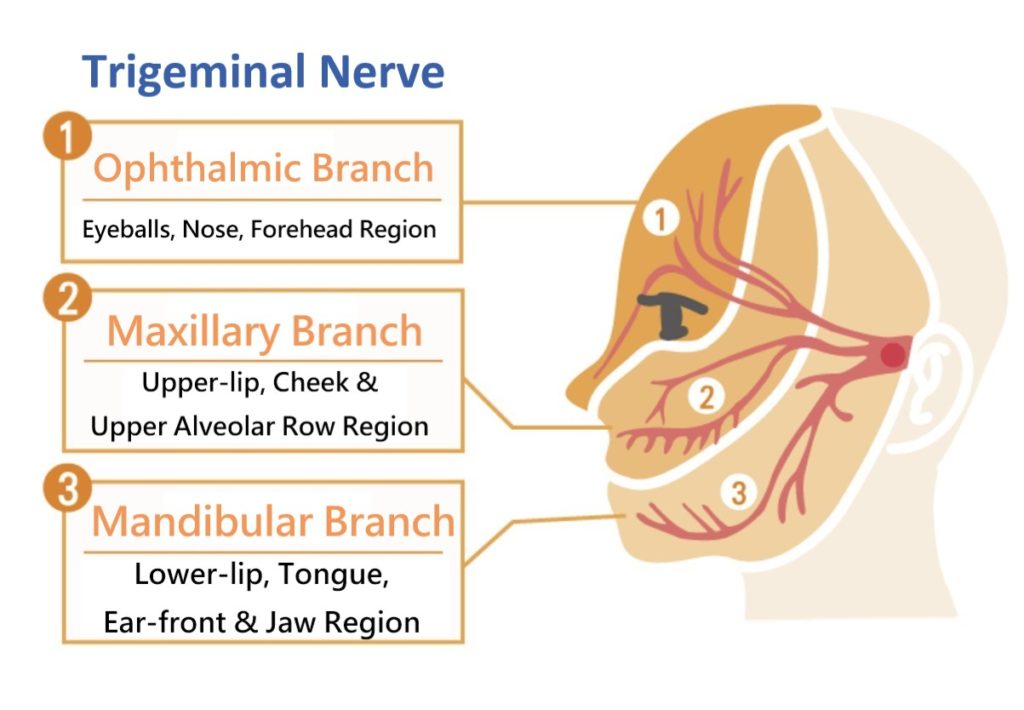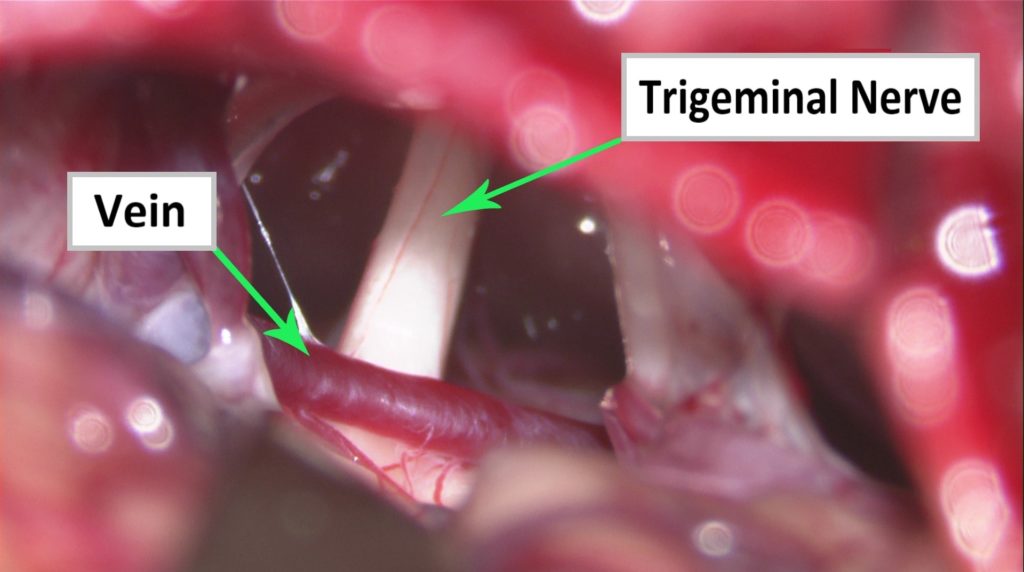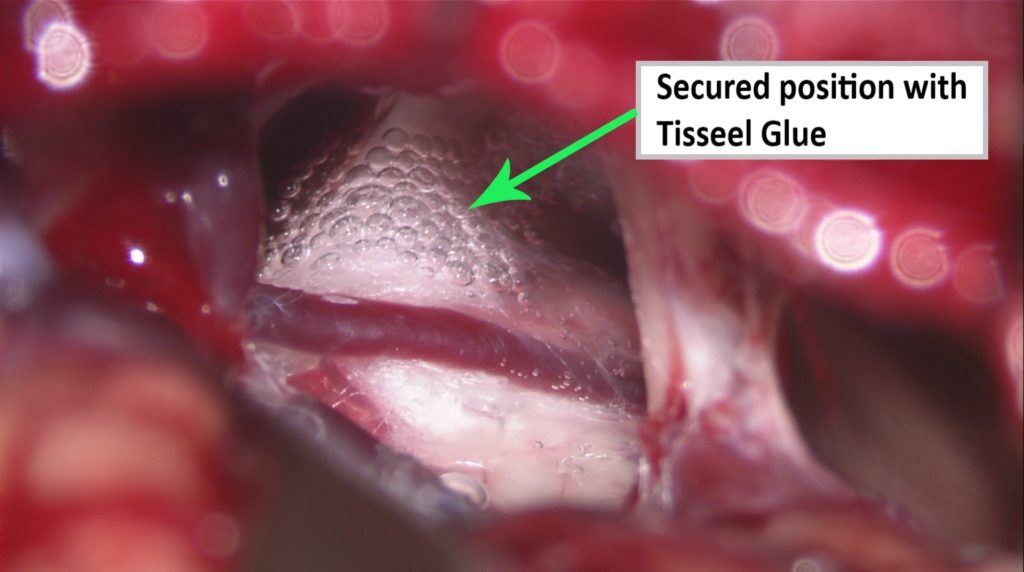Trigeminal Neuralgia - Introduction and Treatment Overview
Introduction
“Trigeminal Neuralgia” is a paroxysmal pain on face. Such pain is usually confused with toothache and temporomandibular joint dysfunction, so misdiagnosis usually happens. Patients will usually seek for medical treatment at dentist first. For those patients who received a series of dental treatments but no improvement, they are then referred to neurosurgery for examination and treatment.
Statistics shows that among every 100,000 people, 4.5 people would have trigeminal neuralgia. Symptoms include excruciating pain, burn-like feeling, electric shock at face, eyes, ears, teeth & jaw, which is different from the persistent toothache. It is more likely to occur in people aged over 40, and is more likely to occur in women. Typical trigeminal neuralgia is pain on one side of the cheek while pain on both sides is rare.
There are different treatment methods for trigeminal neuralgia. After detailed examination, the doctor will suggest the most suitable treatment based on patient’s actual condition. This Introduction and Treatment Overview provides some basic knowledge about trigeminal neuralgia and answers to a series of frequently asked questions for patients and their families for reference.
What is the trigeminal nerve?
There are 12 pairs of cranial nerves at our brain. The trigeminal nerve is the 5th pair of cranial nerves. Its main function is to manage the sensation of head, face, oral cavity, nasal cavity, as well as the movement of masticatory muscles, and control the movement of our head. The trigeminal nerve sub-divides into the ophthalmic branch (first branch) for the forehead region, the maxillary branch (second branch) for cheek region, and the mandibular branch (third branch) for jaw region, so it is called the “trigeminal nerve” and jointly manages superficial sensation on face. As the most common areas of pain are at the second and third branches (i.e. cheek and jaw regions, patients are usually confused the symptoms as toothache.

What are the symptoms of Trigeminal Neuralgia? How to Differentiate it from Toothache?
Symptoms / Trigeminal Neuralgia Affected Areas:
- Facial Pain
- Spasm of masticatory muscles
- Burning pain on face
- Electric shock sensation on face
- Unilateral headache
Symptoms of Trigeminal Neuralgia is similar with toothache, but still can be distinguished by characteristics. Toothache is in a persistent manner, while Trigeminal Neuralgia is “short but intense” and may be more serious with no indication. CT Scans or MRI examinations will help in achieving a more accurate diagnosis.
What are the Causes & Risk Factors of Developing Trigeminal Neuralgia?
Trigeminal neuralgia can be categorized into three types (causes of trigeminal neuralgia):
(1)Typical Trigeminal Neuralgia
The 1st type, “Typical Trigeminal Neuralgia” is the most common, accounts for 75% of all cases. The disease is caused by typical neurovascular compression. Although nerves and blood vessels often encounter each other, the compression of blood vessels usually refers to abnormalities in the blood vessels, such as the structure is too twisted, too flat, or the position is too sided, or as age increases. The loss of elasticity of blood vessels leads to lengthening and bending. When blood vessels compress nerves, the sensory nerves of the trigeminal nerve will lose their myelin sheaths, causing the nerve message transmission process to be prone to errors and become too easily excited and randomly discharged, causing patients to have paroxysmal symptoms and facial pain. (Some patients usually have persistent facial pain and paroxysmal burning pain.)
(2) Secondary Trigeminal Neuralgia
The 2nd type of “Secondary Trigeminal Neuralgia” accounts for 15%, which means that there is a clear neurological disease that induces the pain. For example, the patient has multiple sclerosis, or tumors such as acoustic neuroma and meningioma that grow in the cerebellopontine. Compression of the trigeminal nerve causes the pain. The clinical features of such patients are similar to those of typical trigeminal neuralgia, except that the patients may be younger.
(3) Sudden Attack of Trigeminal Neuralgia
The 3rd type of “Sudden Attack of Trigeminal Neuralgia” accounts for 10%, representing trigeminal neuralgia with no known cause.
To summarize, trigeminal neuralgia is more likely to occur in middle-aged and elderly people. 70-80% of cases occur in people over 40 years old, with the peak age being over 50 years old, and is more likely to occur in women. People who have three high blood pressure problems, varicose veins, diabetes or smokers would have a higher chance of suffering from this disease. Most patients have unilateral disease, more on the right side than on the left, and less than 5% have bilateral disease. Anti-epileptic drugs can be used to reduce the chance of abnormal nerve discharge and pain relieve. Microvascular Decompression (MVD) Surgery can also be performed to isolate blood vessels and nerves to relieve the “short circuit” caused by long-term vascular compression of the nerves.
Possible complications of trigeminal neuralgia include facial numbness, facial muscle twitching, and crooked face and mouth.

Are there any Preventive Measures for Trigeminal Neuralgia?
- Trigeminal nerve pain relief: Keep your head and face warm.
- Stay in a happy mood and avoid being overly excited.
- Adequate sleeping time and avoid staying up late.
- Be gentle when brushing your teeth, washing your face, and eating.
- Avoid eating foods that are too hot, and avoid irritating food. It is better to eat a light diet, more fresh vegetables and fruits, and get enough nutrients.
- Regular exercise to build up immunity.
How Trigeminal Neuralgia can be Diagnosed?
When there are symptoms of having the trigeminal neuralgia, in addition to clinical diagnosis, doctors sometimes would make use of Computer Scanning (CT) or Magnetic Resonance Imaging (MRI) examinations to help in making a more accurate medical judgment. MRI is a “radiation-free, non-invasive, and painless” scanning technology. It is entirely different from X-ray computer scans that contain radiation factors. There is no need to inject contrast agent during the examination. MRI can scan different parts of the body. It can also be used to conduct a full-body examination for those without symptoms to detect signs of potential stroke or cancer.
Treatments of Trigeminal Neuralgia
There are 4 ways of treatments for Trigeminal Neuralgia:
(1) Medication
Initial stage of treatment is drug therapy for 1-2 months. The effectiveness of drugs in controlling the pain can help clinical diagnosis. But medications can only be a temporary solution, not a curative treatment for the true cause of Trigeminal Neuralgia, which is external factor compressing on the nerve an make it short-circuit.
Generally, Doctor will consider medications for its effective pain control; without intolerable side effects to patients; patient who does not want or are not suitable for procedure or surgery.
Commonly used drugs include Antiepileptic drugs, Pain medication, Antidepressants and Muscle relaxants. Some patients’ symptoms can be soothed by taking drug without any other treatments. However, medications can only be a temporary solution, not a curative treatment for the true cause of Trigeminal Neuralgia. As disease progress & days go by, the pain was no longer controlled by medication which may bring along with side-effects. 25% of patients need to stop medication treatment due to serious side effects such as dizziness, double vision, and liver function abnormalities.
(2) Interventional Procedures
- Trigeminal nerve injection therapy
- Semilunar ganglion injection of alcohol treatment
- Semilunar ganglion radio-frequency electrocoagulation therapy
- Balloon pressure for semilunar ganglion compression
(3) Radiosurgery
Cyberknife radiosurgery for those patients who are not suitable for procedure or surgery.
(4) Minimally Invasive Microvascular Decompression (MVD) Surgery
For now, the only way for permanent cure and elimination of severe nerve pain is by Minimally Invasive Microvascular Decompression (MVD) Surgery.
Just need a 4.5-hour MVD Surgery, by using the Teflon Felts, it can separate the Trigeminal Nerve from the venous loop in order to achieve permanent isolation of the two, and hence for permanent cure and elimination of severe nerve pain. Surgery risk is around 2%; while Successful rate is 90%.



If delaying treatment, what would be the consequences?
- Prolonged pressure on the nerve will cause irreversible diseased changes at nerve, thus reduce the cure rates of microsurgery.
- Social issues: trigeminal neuralgia may make patients unable to carry out normal social interaction and daily activities.
- Emotional disturbances: chronic pain can lead to depression and suicidal thoughts.


